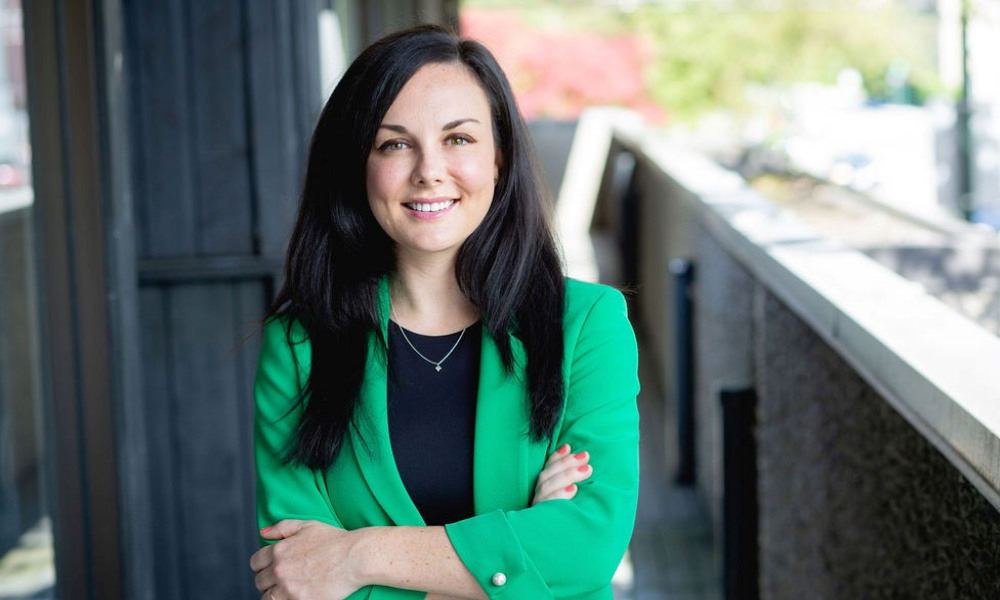Social media consultant says directed, systematic approach can establish thought leadership and authority for advisors

What was true before the pandemic is, largely, true now, only more so. That’s true in the growth of tech stocks, the ongoing rise of remote work, and the dominance of e-commerce. That’s true, too, in the oft-repeated call that advisors must develop a social media presence to stay viable. It was true before the pandemic, and it’s all the more true now.
Tara Clark, the founder and CEO of Social T, a B2B social media marketing firm stresses that while the urgency to develop a social media presence is real, advisors need to take a systematic and somewhat limited approach to their social media presence. The social media universe is vast and different platforms reach hugely different audiences. Clark says advisors should start with only one or two platforms and develop a disciplined approach highlighting themselves and their teams as authoritative thought leaders. Regularly posted, high quality content, scheduled and curated is the best route, she says, to social media success.
“In order to stand out online, you need great quality content to be delivered that speaks to your target audience,” Clark says. “It’s more and more important that you share value added content the right way, so you can establish expertise and authority online without spending money on advertising. Our approach to social media for advisors is to use the knowledge they already have and find the best way to create content that speaks directly to their audience.”
When creating that content Clark says advisors need to think about the look and feel of what they’re sharing. After putting tons of effort into a blog post or article, Clark says advisors need to make sure they’re using specific images that speak to what they’re saying, ideally featuring themselves or their team. In working with clients, she sets them up with professional photoshoots that can help make their content pop and connect immediately with readers. Once the team has that bank of photos they can use them in various content pieces and newsletter sendouts. Pets can be a difference maker, too. Clark says readers are far more likely to click on an article featuring the family dog.
While Clark says advisors and their teams need to consistently create content of their own, that shouldn’t seem like an undue burden. Regularity is more important than volume and in the case of an advisory team, members can take on a blog writing burden of as little as one article per quarter to share the load. Advisors can also share external content, or open their channel to a guest post created by a complimentary business, like a lawyer or accountant they often work with. It’s crucial, though, that this content serves to better establish an advisor’s credibility and expertise. Clark recommends a 70/30 rule, whereby 70 per cent of content should be internally generated and 30 per cent should be external.
Clark stresses that overall, social media should not be a daunting prospect for an advisor. A focused, disciplined approach can pay serious dividends and even the task of content creation can be handed over to a specialist if you find the right partners.
“I think a lot of people don't go on social media because they're overwhelmed by producing all the content,” Clark says. “But the right team can get you in front of content creators, who can help your media strategy have more success.
As for platforms, Clark recommends that advisors focus on “LinkedIn plus one.” LinkedIn, she says, functions like a rolodex of clients and colleagues ready to engage with an advisor’s content. For the “plus one” advisors can use Facebook, which is easy to use and lends itself well to articles and blog posts. If an advisor has the time and resources, though, Clark says YouTube can pay huge dividends. Video is a powerful medium and one many more people are willing to engage with than written articles. Video takes time and effort, though, as poor quality footage can be quite obvious on that platform.
The end result of all this investment, Clark says, is an unmatched ability to market and speak with authority across your target audiences.
“The number one thing that I’ve heard from advisors active on social media is that people have heard of them before they have their first conversation,” Clark says. “That brand recognition for the company and thought leadership for the individual can be established by creating this presence online.”



